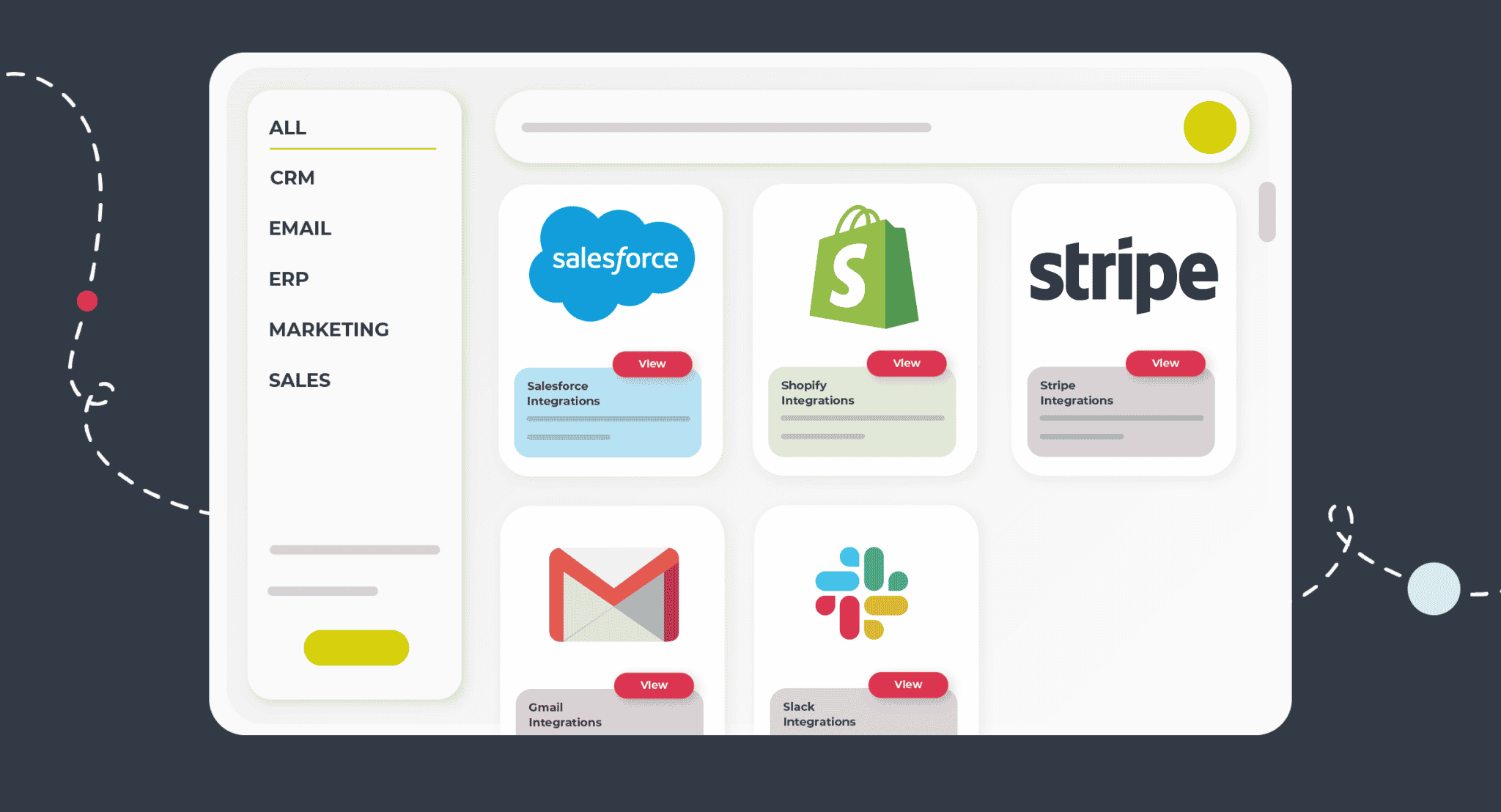
Marketplaces are incredibly common and there are a lot of them out there today as quick cloud-based solutions that help sell your product and services.
Marketplaces can be categorised according to customer type, core focus, industry, or other criteria. They can also be broken down by target audience.
Types of Marketplace: Architecture
Supplier-Oriented Marketplace
In this marketplace, there are a few suppliers and many buyers which are typically called eDistribution or a supplier directory. The marketplace is usually set up by a single supplier or a small group collaboratively. The marketplace is dedicated to this small number of suppliers and they list their products and set their pricing to reflect the needs of the buyers.
This model is a good way for suppliers to gain income, and increase their brand visibility and reach in the market. However, the supplier-orientated marketplace requires customer loyalty and goodwill in the market to be successful.
Source: yokart
Buyer-Oriented Marketplace
This marketplace centres around the demands of individual buyers and work well for big organisations with a high purchasing power and high volume of purchases. The marketplace works by buying businesses and setting up an online portal to accept quotes from different sellers. The buyer can then decide who to interact with. This allows buyers to bring down costs and get the best price from suppliers.
A buyer-orientated marketplace allows buyers and sellers to expand their networks, build partnerships and strike profitable deals.
Source: yokart
Intermediary-Oriented Marketplace
An intermediary-orientated marketplace allows buyers and sellers to communicate, create deals and perform transactions with each other. Buyers can browse a large catalogue of suppliers and interact with them directly.
Source: yokart
Types of Marketplace: Service Industry
Marketplaces are broken down into and shaped to the industry they are built to serve.
Horizontal Marketplace
A horizontal business model caters to a broad customer base and ranging industries. This model makes it easy for product expansion or bundling which means they can expand their services to incorporate a variety of SaaS categories under one roof.
A horizontal marketplace will therefore cater to a wide variety of products and services across a wide variety of industries and markets. For example, Capterra helps users find the right software solution from hundreds of different categories.
Vertical Marketplace
A vertical business model on the other hand focuses on a specific industry or niche sector. This could be insurance, education or another underserved industry whose pain points or use cases are not being served.
So, similarly, a vertical marketplace focused on a specific industry, this narrows down the target audience, making it easier for them to navigate and offer them tailored value propositions.
Where does marketplace integration fit in?
Marketplace integration is a process of developing a connection between eCommerce software and any marketplace. It enables access to data from e-stores listed on those marketplaces.
For instance, one type of marketplace is a website operated by a third party where organisations sell their products and services to other businesses. For example, G2 acts as a marketplace for buyers to browse and select the appropriate software to help their organisation.
By integrating with the G2 marketplace you can see prospective buyers’ intent or companies that have viewed your profile.
Benefits of Marketplaces
Using a marketplace means suppliers get the benefit of distributing their products and services to more customers. As well as expanding their sales channels without necessarily building their own eCommerce platform.
Buyers also have the opportunity to browse a wide variety of products and solutions whether it be horizontal or vertical. They can also evaluate and compare directly within the marketplace to get the best value for their problem.
Integration Marketplace
Another type of marketplace is an Integration Marketplace. Typically these are white-labelled marketplaces embedded in your application. With high levels of customisation, they can be on point with your branding and style. They feature all the available integrations your customers can install for use with your application and others.
For example, they could feature your entire Salesforce integration catelog. The marketplace presents hundreds of integration possibilities to your end users and can be used to discover potential integrations your users want to connect with.
End users can easily self-serve integrations with minimal developer knowledge quickly and efficiently. One example would be Cyclr’s embedded marketplace a highly configurable and fast to setup. You’ll find all your workflows created in Cyclr can be published here without any additional deployments to your core product.
Why is marketplace integration important?
Marketplace integration is important because they help communicate your data like product listings, orders, and finances to your appropriate SaaS platforms in real-time. For instance, automating your order processing straight into your business systems like Quickbooks and Netsuite.
With marketplace integration, you can not only sync your order data but integrate your products from your online store platform to different marketplaces both large and niche.
If you are using a marketplace you are broadening your products and brand reach to a wider audience. This can help accelerate your growth, and increase brand awareness and visibility.
In regards to providing an integration marketplace within your SaaS application for users to self-serve integrations then they are useful because they keep all your integrations in one place. They allow the user to quickly install and set up, with minimal developer resources.
Each marketplace model discussed is designed to address a need of B2B businesses and serve their customers in one place.